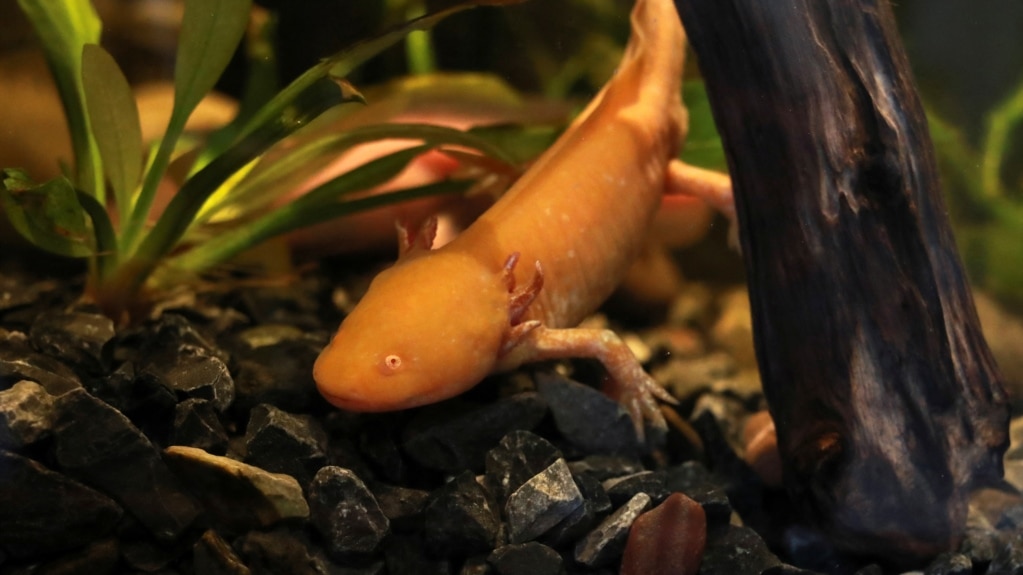A new museum in Mexico aims to educate the public about the critically endangered axolotl salamander. The museum recently opened at Chapultepec Zoo in Mexico City.
The axolotl is native only to Mexico. The animal is extremely endangered in the wild because its natural environment is increasingly threatened.
The salamander has captured wide attention for its ability to heal itself when its body gets harmed. For example, the animal can regrow legs and damaged tissue. It can even repair problems affecting the heart and brain.
Scientists have also documented how the salamander can breathe with lungs and gills. It can also take in oxygen through its skin. This can cause problems if the animal comes in contact with polluted water.
"They are one of the few animals that can regenerate their skin, muscles, bones, blood vessels, nerves, heart, brain," said Fernando Gual, a conservation official at the zoo.
Speaking about the museum, Gual said he sees it as a valuable tool to inform citizens about the unusual creature. "A hugely important part of this space is environmental education," he said.
In Aztec tradition, a rebel god named Xolotl turned himself into an axolotl to hide and avoid being killed by his other gods. But the god was still discovered, captured and killed. Axolotl salamanders were also commonly eaten by Aztec kings.
The axolotl that is native to Mexico City's southern Xochimilco area is especially well-known. But Gual noted that 16 other kinds of axolotls also call Mexico home.
In the past, axolotls did very well in Xochimilco's muddy canals. The canals are the only remaining part of a once large waterway system dating back to Aztec times. But studies have shown the spread of cities, polluted water and non-native fish that eat the salamanders have led to their near-total collapse.
Still, Xochimilco still holds nearly 11 percent of Mexico's biodiversity, Gual said. The term biodiversity describes the number and kinds of plants and animals that exist in a particular area. With Mexico’s 370 different kinds of amphibians, the country ranks number 5 in biodiversity worldwide.
As the museum opened to its first visitors, the axolotl's popularity with the public was very clear.
"The truth is I'm very, very, very, very excited to be able to see how they eat, how they live, just how they are," said one visitor named Fernando.
The man, who did not want to give his last name, showed off a small axolotl tattoo he had on his arm. "I'm marked for life," he said.
I’m Bryan Lynn.

